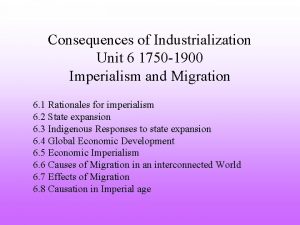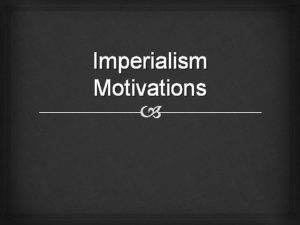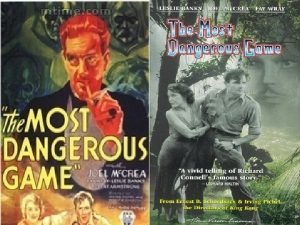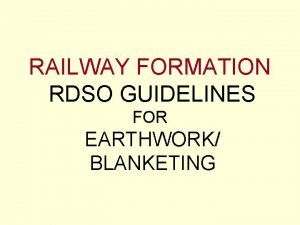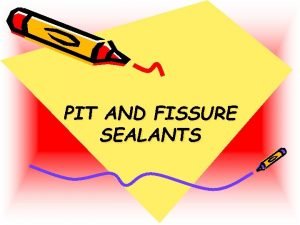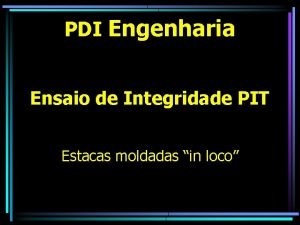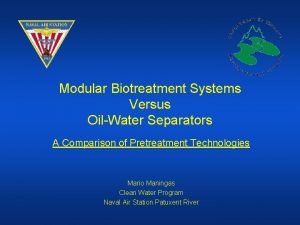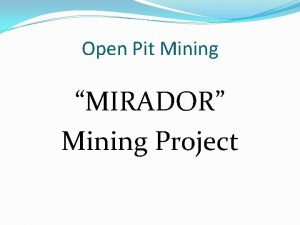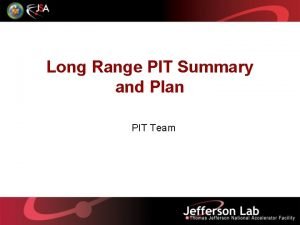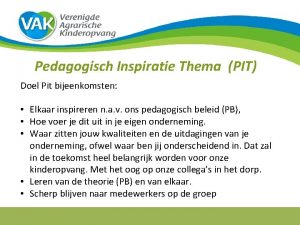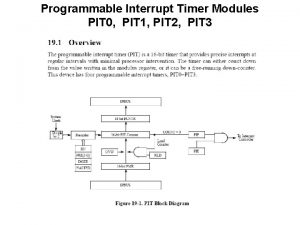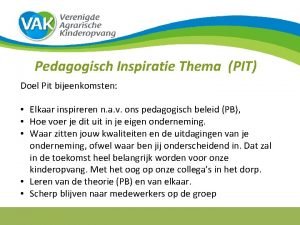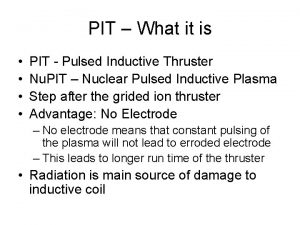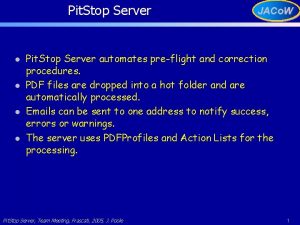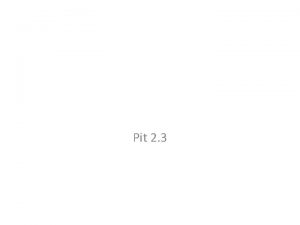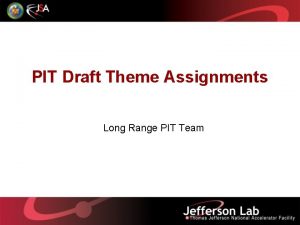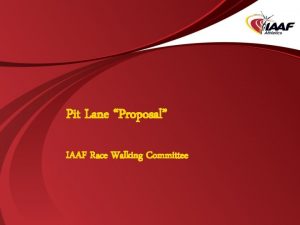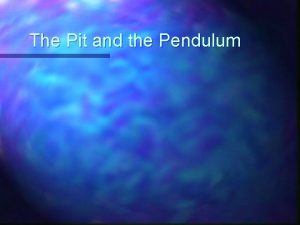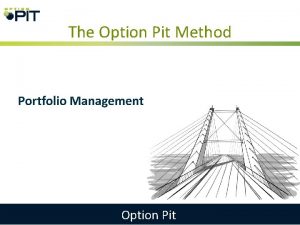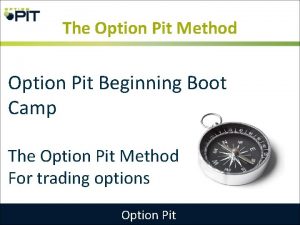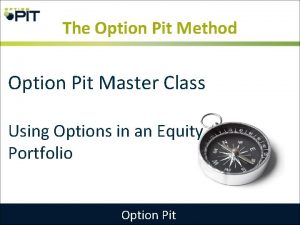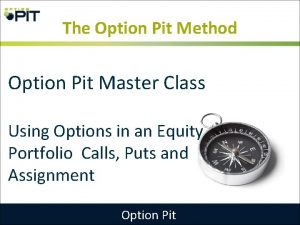Open Pit Mining Q What is this Activity
























- Slides: 24

Open Pit Mining

Q. What is this?

Activity, pre discussion forum 1. Use your laptop or your phone to enter EJ Atlas (https: //ejatlas. org/) 2. Zoom in in South America, What patterns at a first glance do you see? 3. Pay attention to the orange dots, what are they? 4. Pick a Socioenvironmental Mining conflict (one of the Orange colored dots). Press “Click on more” 5. Identify Potential stakeholders in dispute and try to summarize what the problem is.

What do you see?

Not in my backyard • Strict environmental and labour regulations in Canada and the US • Latin America is the region where most gold prospecting took place in the world in the 1990 s and 2000 s • Hard-rock mining generates more toxic waste than any other economic sector

Mining Latin American context 80´s – 90 s: Washington Consensus 2000´s Commodity consensus Present: Washington Consensus Reloaded

Chile example from ”Development strategies” Extractivism in Chile - Mining (ton) 18, 000 16, 000 14, 000 12, 000 10, 000 8, 000 6, 000 4, 000 2, 000 0 186018691878188718961905191419231932194119501959196819771986199520042013 Cobre Hierro 75% EXPORTS Source: (1) Isakson, A. 2016. A Critical Perspective on Ecological Unequal Exchange, Dependency and Development: the case of Chile. (2) Series históricas UC. (3) Cochilco. (4) Boletín Sona minera. (5) UN-COMTRADE. (6) SERNAPESCA. *Forestal corresponde a exportaciones

Companies / Industry perspective Q. Do you think there is a Technology that prevents/minimizes pollution/impact in an Open pit mining project? Hint: go again to https: //ejatlas. org/. Click on an orange dot click “see more” read the “impacts” section… Think again about the question

Communities / NGOs Campaigns perspective – Argentina ‘‘Water is worth more than gold’’ is becoming the common claim of many anti-mining movements in Latin America

Latin american context – Example Argentina Glacier Law / Government • • • Law in Argentina (2007) Presidential veto (2008) ”Barrick Veto” Law was passed 2010 a minimum budget to protect glaciers and a glacier inventory Glacar inventory Glacial and periglacial controversy Provinces Laws

Mining Debates • Development Engine • Very pollutant (cyanide, explosives, water) • Economic growth for local communities • LA export a lot of resources but consume a little share • Creates a lot of Jobs • Social conflicts are always there • Leaves a lot of money for the National and provincial Sates • Almost no royalties stay (“Plunder”) • Technology can guarantee sustainable mining • Companies Don’t respect international agreements • Without mining we could not live our regular lifes • Stimulates the “consumption societies”

Example from readings 1: Pascua Lama • • • Barrick Gold, the biggest gold mining company in the world 3 billion US$ project Silver Gold Open-pit project using cyanide leaching EIA mandatory, citizen participation not 2 types of organization: Local communities including Diaguitas Events: EIS, too fast, not binding Divide and Conquer: agreement with some groups Local groups receiving money Jumping Scales: going national and international Defense of cultural values Foreign academic institutions and NGOs have also supported local organizations and technical assistance • 2013: project interrupted because the justice found that the Diaguita claim was right • Still a threat today • • •

Example from readings 2: Esquel • • US junior mining company Meridian Gold and Silver open pit, 180 tons of cyanide per month Unlike Chile, public hearings are mandatory in Arg Concerns are not binding Events: • Esquel neighbors contacted various institutions at the local, regional, provincial and National Level • Mapuche organizations were active in the AVA, participating in assemblies and rallies • Searched for further national and international support • Announcement of a public referendum on the mining project 75% said no to the mine • New anti-mining movements sprang up in different parts of the country ban in 7 provinces of the country

Some conclusions of both cases (Pascua Lama and Esquel) Economic benefits are in tension with socioenvironmental impacts Recognition Claims Networks of community groups are needed to scale Companies try to avoid negotiation with a “big fish” “These movements are not only about opposing mining activities and their impacts but about challenging the development models imposed by central governments” (Urkidi, 2014) in line with Buen Vivir!

Discusion forum I Activity: Prototyping a socio environmental conflict Mining 1. Divide yourselves in 2 groups (ill join one!) 2. You mission: Discuss around a mining project to be built (where you want, can be a fantasy place). Each member of the group should represent a stakeholder interest. Stand for your position in the mining project. 3. Stakeholders within each Group: Community (NGOs or the people of the town) , Government (local or national) and Company (the one that wants the mining project to happen) are the stakeholders. Each member of the group should be one. If there is a fourth member, they should represent nature (i. e. water, mountain, birds, or all!) 4. Use any of the elements on the table to build your position as stakeholder but the 3 or 4 of you should build a model/protype 5. 20 minutes to agree stakeholders; 45 minutes to build, 10 minutes to present to the other group • Things to think about: Barriers; Goals; relationship between stakeholders; Resources being exploited, Geographical location of the project; Interest for and against the project; places where debate happens, Media campaigns (social and mass media) , discourses of each stakeholder, campaigns, etc • Ice breakers or themes you could think about to build your prototype: Sustainable Development discourses; Corporate social Responsibility; Rights of Nature; Extractivism; Technology; Climate Change, Consumerism; Environmental Justice; Cultural Values; Economic system, landscapes; etc etc Rule n 1 : if you speak, you build!!!! Have fun!!!!!!!!

Examples

Annex

Mining, Participatory spaces ‘‘The public participation was not transparent on the part of the company. Although they presented the Environmental Impact Study, the time for answering was too short and you have to check a lot of information’’ (community member in Alto del Carmen, Pascua Lama Project)

Mining, Science “It was a slap in the face for knowledge, and for the people, because it was like saying ‘I am telling you these things and you believe them because you are stupid. ’ (. . . ) we felt an enormous responsibility to tell people the truth about what was being said (Chemistry lecturer)

Mining, Community, GLOCAL ‘‘Making glaciers disappear is not a problem for this valley or for Chile; it is a problem for the whole world’’ (Small-scale farmer, Alto del Carmen, January 2007. )

Environmental Justice rising https: //youtu. be/EL 1 FTRNPU 08 https: //www. youtube. com/watch? v=1 i. Cxh 0 BYjg. I Warren county protests “A strong body of evidence revealed that black people and other minorities were subjected to disproportionately higher health and environmental risks in their neighbourhoods and jobs” (Bryant and Mohai, 1992; Bullard, 1990).

Environmental Justice rising 1. Distributional claims: North vs South and 2. Recognition Claims: Mostly indigenous communities 3. Participation claims: 1 & 2 need institutions that guarantee participation in decision making PONER FOTO ASAMBLEA DE PUNTA DE CHOROS Y CONTAR A LOS CHICOS UN POCO DE ESA EXPERIENCIA

Environmental Justice in Latin. America • The first formal EJ network in Latin America commenced in 2001 in Brazil, a country with a large population of indigenous people and black people • In 2005, the Citizen Action Network for Environmental Rights (Red de Acción por los Derechos Ambientales, RADA) was founded in Temuco, Chile • In Argentina, there is still no network explicitly defining itself as an EJ network but a lot of networks and local community organization against environment injustice

‘‘The indigenous territorial rights are not only about land. They are also about rights over rivers, lakes and water, as defended by our ancestors (. . . ), water is life (. . . ). And there also rights over the underground. The knowledge, the identity, and the feeling of belonging are the base of our existence. All these are human rights. In short, this is a call for life’’ (Letter to Barrick Gold by the Diaguita Huasco–Altino Agricultural Community, November 2006. )
 Strip mining vs open pit mining
Strip mining vs open pit mining Chapter 13 mineral resources and mining
Chapter 13 mineral resources and mining Difference between strip mining and open pit mining
Difference between strip mining and open pit mining 영국 beis
영국 beis Web text mining
Web text mining Mining multimedia databases
Mining multimedia databases Eck
Eck Open shaft diamond mining at kimberley south africa in 1872
Open shaft diamond mining at kimberley south africa in 1872 Openshaft
Openshaft Activity 2 limiting reactants activity
Activity 2 limiting reactants activity Debye huckel limiting law
Debye huckel limiting law Aoa diagram
Aoa diagram Activity 1 introductory activity
Activity 1 introductory activity Activity 1 activity 2
Activity 1 activity 2 Activity 2:
Activity 2: 1index
1index Twj epit
Twj epit Incisal labiality
Incisal labiality Malay man catcher
Malay man catcher Rdso pit line drawing
Rdso pit line drawing Pit and fissure sealants definition
Pit and fissure sealants definition Ensaio de integridade pit
Ensaio de integridade pit Ows pit
Ows pit Elements of gothic fiction in the pit and the pendulum
Elements of gothic fiction in the pit and the pendulum Pit elizabethan theatre
Pit elizabethan theatre







